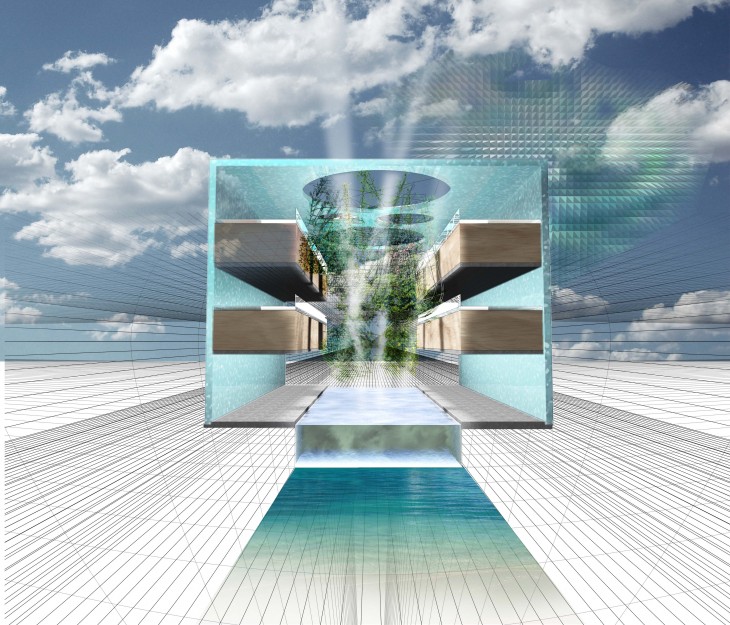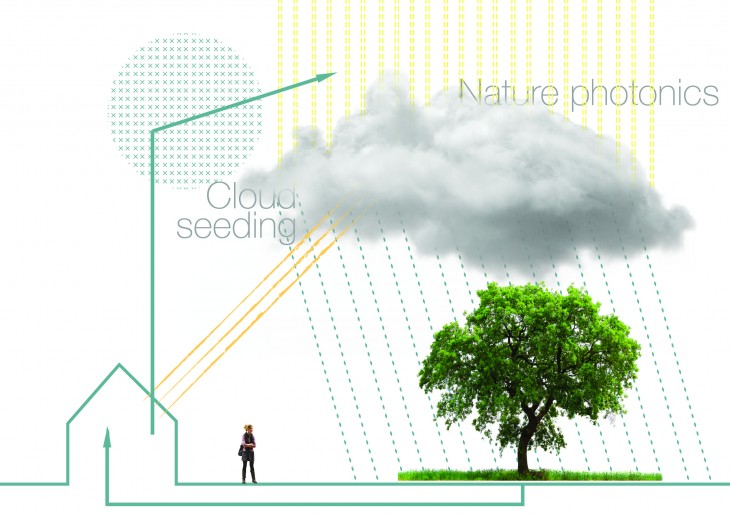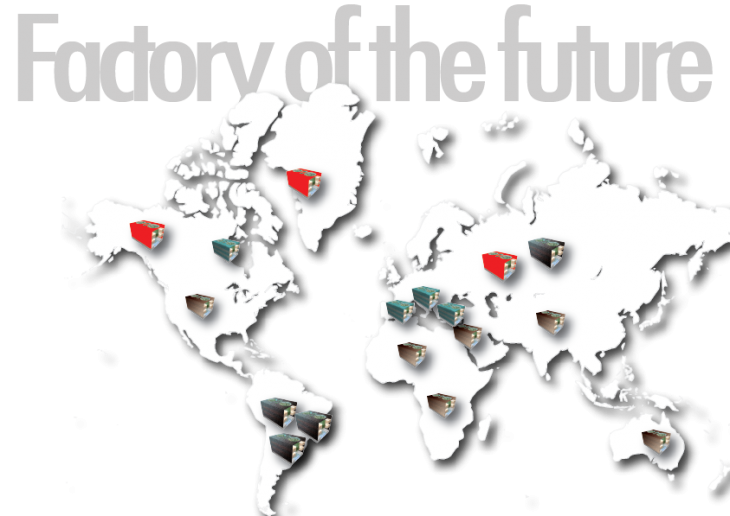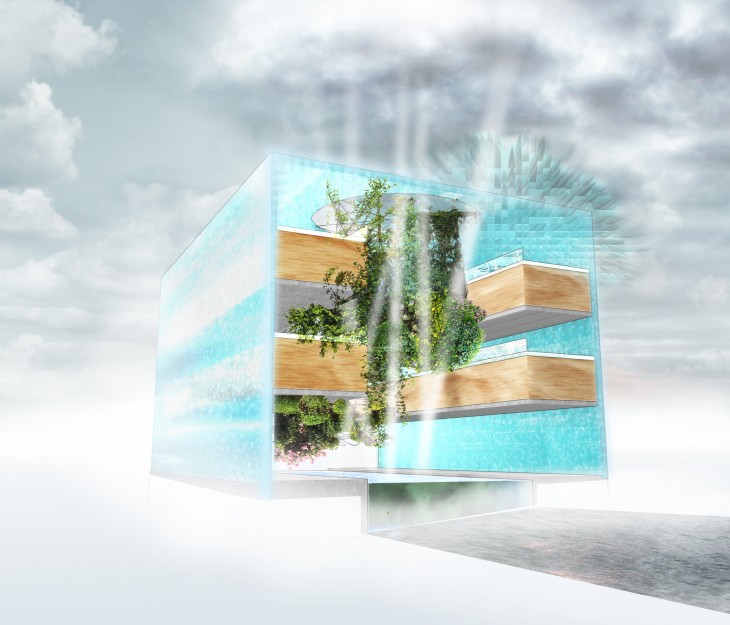Climate change.
We have all heard of it.The news, the political campaigns, the NGO’s make sure you hear enough of it.And we think we know what its about. Greenhouse gases, carbon dioxide, water vapour, methane.And we know about the effects too. More than that, we feel the effects.The hot days, floods, abnormal weather behaviours.
But what do we do about it other than intaking information? We recycle, pay attention to our purchases, plant a tree and then we call ourselves informed and involved.
We are not angry enough.
Do we realise that the effects of climate change are catastrophic ? Do we truly understand what the effects of constant heat waves are? Or how the flash floods pollute our water and spread diseases? Never in history have such severe draughts been recorded, as it has in the past 10 years. The earth will survive this, but we might not.
We will run out of water before we run out of air.What will happen when fresh water is so scarce that it will become the new oil? It is easy to ignore this issue when we are stuck in our heads living our present lives. Little do we know that before water completely runs out, private compa- nies will own the small amount that is left. Imagine a world where private water companies own your thirst, where you cannot afford the minimum water amount for your body to function normally. Do you know what happens to your body when it becomes dehydrated? As dehydration progresses, nausea and vomiting may be experienced and by 5% reduction in total body weight, performance has dropped by 30%. Fluid losses greater than this lead to coma and death.
When you took a shower today, it has not crossed your mind once that one day what you are doing will become a luxury and for some, just a dream.The level of comfort you are in right now allows you to think of tap water as unclean and you wouldn’t even dream to drink it.
Living in Barcelona you get a feeling that there is plenty of everything for everyone. But make time and take a look at water.While the entire earth is covered with water in proportion of 75%, only 1% is safe to drink. Out of that 1%, we use 70% just for irrigation in agriculture.At the end of your research you will find that only 0.007% of the worlds water is ready to be used by humans.And we are going through it rapidly.
The Mediterranean basin is suffering. A fast process of desertification and severe droughts affect the rivers, the agriculture and in the end, the economy. It got so bad that in 2008 Barcelona had to ship in water from France.
What happened then is only a short intro into the dystopian future that awaits us.
Dry ice or propane expansion cools the air to such an extent that ice crystals can nucleate spontaneously from the vapor phase. Unlike seeding with silver iodide, this spontaneous nucleation does not require any existing droplets or particles because it produces extremely high vapor supersaturations near the seeding substance. However, the existing droplets are needed for the ice crystals to grow into large enough particles to precipitate out. In mid-latitude clouds, the usual seeding strategy has been based on the fact that the equilibrium vapor pressure is lower over ice than over water. The formation of ice particles in super cooled clouds allows those particles to grow at the expense of liquid droplets. If sufficient growth takes place, the particles become heavy enough to fall as precipitation from clouds that otherwise would produce no precipitation. This process is known as “static” seeding Seeding of warm-season or tropical cumulonimbus (convective) clouds seeks to exploit the latent heat released by freezing. This strategy of “dynamic” seeding assumes that the additional latent heat adds buoyancy, strengthens updrafts, ensures more low-level convergence, and ultimately causes rapid growth of properly selected clouds. Cloud seeding chemicals may be dispersed by aircraft or by dispersion devices located on the ground (generators, as in first figure, or canisters fired from anti-aircraft guns or rockets). For release by aircraft, silver iodide flares are ignited and dispersed as an aircraft flies through the inflow of a cloud. When released by devices on the ground, the fine particles are carried downwind and upward by air currents after release.
An electronic mechanism was tested in 2010, when infrared laser pulses were directed to the air above Berlin by researchers from the University of Geneva. The experimenters posited that the pulses would encourage atmospheric sulfur dioxide and nitrogen dioxide to form particles that would then act as seeds. -About nature photonics —>
Firing extremely powerful laser pulses through humid air can stimulate the formation of clouds.
The effectiveness of this method is much easier to gauge than traditional cloud-seeding techniques and that it could provide a practical means of triggering rainfall.
Filaments of light
Seeding clouds using laser beams. To demonstrate this idea a portable Teramobile infrared laser was used with beam pulses lasting just 10–13 s and a power of 5 × 1012 W. Such pulses are intense enough to modify the refractive index of air, which causes the beam to focus itself. This further increases the intensity, producing fila- ments of light that are intense enough to ionize the air and initiate condensa- tion.
The researchers fired the laser into both the atmosphere and into a controlled environment – a cloud chamber filled with ambient air. In both cases they illuminated the trajectory of the beam with a second, lower-powered laser, which would experience greater scattering if more droplets were present.
The scattering of the second laser increased each time a pulse from the first laser was fired. They observed this pattern in over 900 laser flashes, providing, they say, a clear proof of the pulsed laser’s cloud seeding capability that cannot be established for traditional seeding techniques.
Sweeping the beam
A more powerful laser will probably need to be developed to take advantage of a sweeping effect that they have noted – that ionization continues for a few seconds after the laser has stopped flashing and so by sweeping the beam it should be possible to seed a larger volume of air.
More importantly, the researchers need to establish the physics behind the effect in order to know how to optimize the laser’s wavelength, pulse duration and other parameters. There is certaintu that the ions in the laser-induced plasma contribute to condensation but also believed that condensation might occur on molecules of sulphuric acid and nitric acid, which are formed when electrons from the plasma generate the OH radical that then oxidiz- es sulphur dioxide and nitrogen, respectively.
What can we do?
Firstly a deeper understanding of water is overdue.Taking shorter showers and not being wasteful will not suffice.We are completely oblivious to the water footprint that our food, clothes and products.To produce 1L of bottled water, 87L of water go into it. 1kg of chocolate is 24.000L of water because of the production of sugar, cocoa beans and transportation.
Secondly, as water is essential for life, it should be a human right. Fighting the privatisation of water and raising awareness is a first step to changing our behaviour.
What can architecture do?
We are already aware that construction is the number one cause for global warming, followed by food production and transportation. So the entire industry is responsible for changing their mindset and way of doing things.
Following Jeremy Rifkins 5 pillars, buildings should stop being an object of consumption, but a factory that is not only able to sustain itself but even gives back to the community.

Applying techniques like solar desalination or rainwater filtration is not new. Solar desalination is used since the 4th century b.c. by Aristotle. But combining different systems that work together in a particular context on a large scale will be able to convert seawater, collect water from the atmosphere and provide for itself and more.
But the production of clean water is not enough.A process of awareness is necessary. There is a need of a place to not just learn about water, but experrience it. A meeting point for scientists, children and activists. A building where the cycle of water and the cycle of people interact and merge.
Such a place of knowledge is a true FACTORY OF THE FUTURE.
This is not a building, it is a seed. It will spread and share knowledge throughout the planet. Whatever works for us here in Barcelona might not be applicable in Peru, but we can share the systems and the techniques and the tool to adapt.
The only way to attack the problem of the blue gold is by acting on all levels of society.Within the industry, the politics, the economy and socially.
What if we can use architecture to educate and to fight water scarcity?
ruxandra//hriday//gokhan//rodion//maria @Iaac Self Sufficient Studio






